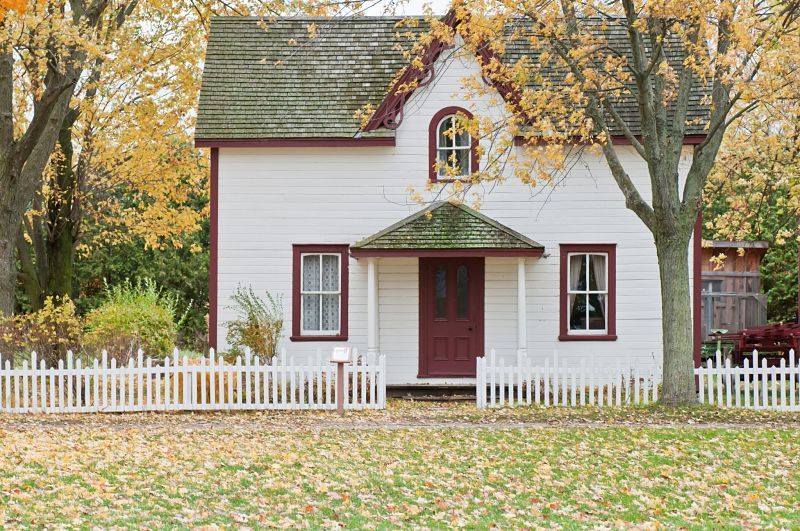It is said that generals are always fighting the last war and never preparing for the next one. The same might be said of economists who are taking a dour view of the current robust activity in the real estate housing market nationwide. Rather than evaluating the fundamental causes driving this trend they can only see similarities to the pre-2008 bubble.
Current Market Conditions
Everyone looking at the condition of the housing market has to agree that it has recovered from the debacle of 2008. According to the investment website seekingalpha.com, the S&P/Case-Shiller U.S. National Home Price Index has recovered almost all of the 27% loss it suffered when the housing bubble burst. Starting with a turnaround in February 2012, the index has posted consistent gains.
This strong growth has also been documented by other indicators in the real estate market. The residential real estate website realtor.com shows that the median nationwide home price is at $275,000, up 10% from only a year ago. In addition, the average time a home is on the market has dropped to 60 days, which is 5 days shorter than a year ago. Both of these factors are fueling concern that first time buyers are being priced out of the market.
Driving the Housing Market
This robust residential real estate housing market is being driven by investors. Seekingalpha.com reports that 37% of home sales in the past year were to investors. This group of buyers is responding to the increase in rents being asked for residential housing. Those rents increased by 18% from 2014 to 2016, and by 35% from 2012 to 2016, according to statista.com. Rents that are increasing add value to the rental real estate market by generating income for the property owner.
The rental housing market is robust because of the high cost of home ownership. Nationally, CNBC reports that it costs 50% more on a monthly basis to own a home rather than rent the same place. In some markets such as New Jersey it costs almost twice as much to own as to rent. While this statistic does not factor in the potential return at the eventual sale of the home, it does give a strong indication that renting a primary residence is a reasonable choice for many households.
The Future of the Real Estate Market
According to the Wall Street Journal, this long term trend may be coming to an end. In the first quarter of the year, more new households chose to buy their residence than rent. This is the first time in a decade that this has been the case. These new households have determined that rents for residential real estate will continue to rise and that ownership, although expensive in the near term, is the better long term strategy.
This is a very positive development for investors in residential real estate, putting them into a virtual win-win situation. If rents do continue to increase due to more households renting, investors stand to realize their profits in the form of higher rental incomes. If the market shifts to ownership, more buyers in the market will drive prices and investors stand to realize their profits in the form of higher sales prices at liquidation.
As is always the case, simplistic views of investments, in this case residential real estate, do not give a complete picture. It is always a good idea to evaluate the fundamental drivers of value in a market in order to determine if the trends are sustainable into the future. Looking at the fundamentals in residential real estate strongly suggest that it will continue its strong performance, rather than repeat the past as some are suggesting.



